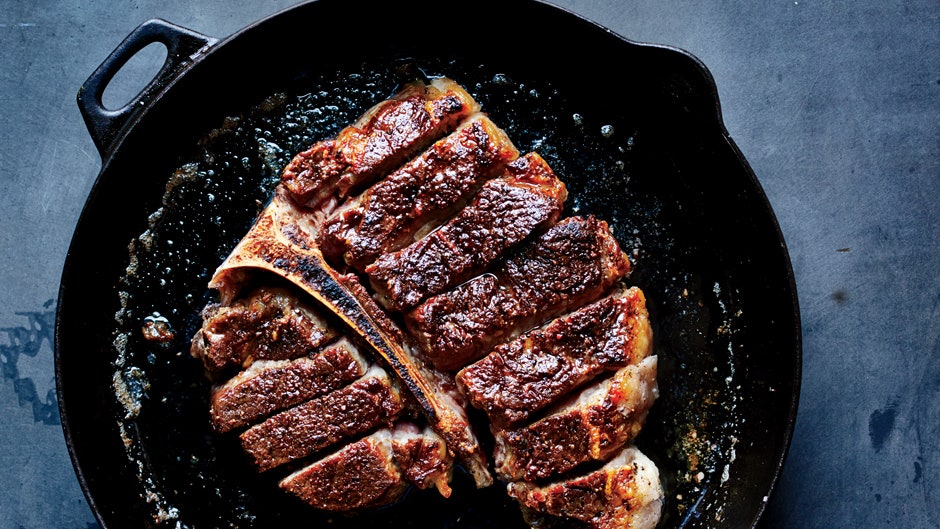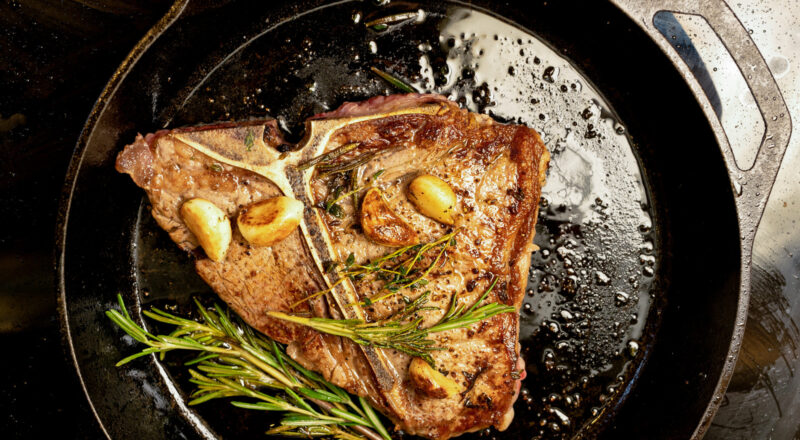Seasoning your cast iron skillet on the stove is essential for creating a naturally non-stick surface and prolonging the life of the pan. This guide will walk you through every step of the process, revealing all the secrets of cast iron care. Keep your cast iron skillet in top shape with these tried and true methods.

Why Seasoning Cast Iron Skillet is Important
Understanding the importance of seasoning your cast iron skillet can greatly improve your cooking experience. Cast iron cookware is known for its durability and excellent heat retention, making it a favorite among kitchen professionals. However, it requires proper maintenance to prevent rusting and sticking.
Prevents Rust
Rust is the worst enemy of your skillet. Seasoning helps protect your cast iron from moisture and thereby prevents rust. Properly seasoned cast iron can last for generations.
Enhances Flavor
Seasoning your skillet not only prevents rust but also enhances the flavor of food. The oils used in the seasoning process create a smooth, non-stick surface that is perfect for searing, sauting, and frying.

Steps to Season Your Cast Iron Skillet on the Stove
Seasoning a cast iron skillet on the stove is a straightforward process. Follow these steps for a well-seasoned skillet:
Clean the Skillet
Before you begin, make sure your skillet is clean. Use warm, soapy water and a stiff brush. Rinse and dry thoroughly.
Refer to this guide on cleaning cast iron skillets for more tips.
Apply Oil
Using a paper towel or cloth, apply a thin layer of vegetable oil or melted shortening to the entire surface of your skillet, including the handle and the bottom.
Heat on the Stove
Place the skillet on the stove and heat it over medium-high heat. Let it heat for about 10 minutes until the oil starts to smoke. This will help the oil bond to the metal.

Common Mistakes to Avoid
Using Too Much Oil
Using too much oil can result in a sticky surface. Apply only a thin layer to ensure proper seasoning.
Not Heating Evenly
Ensure the oil is heated evenly by rotating the skillet on the stove. This will provide even seasoning across the entire surface.
Skipping Regular Maintenance
Seasoning is an ongoing process. After each use, apply a thin layer of oil to maintain the non-stick surface. For more in-depth tips on cast iron care, check out certain cleaning techniques.
Long-term Care and Storage
Regular Cleaning
Never use harsh soap or scouring pads on your cast iron skillet. Instead, use a mild soap or baking soda and a soft brush.
Proper Storage
Store your cast iron skillet in a dry place. Place a paper towel between stacked skillets to avoid scratching the surface. Learn more about proper storage here.
Re-Season When Necessary
Over time, the seasoning may wear off. When this happens, simply repeat the seasoning process to restore its non-stick surface.
FAQs
What Oil is Best for Seasoning Cast Iron?
Vegetable oil, canola oil, and melted shortening work well for seasoning cast iron skillets.
Can I Use the Oven Instead?
Yes, you can season a cast iron skillet in the oven. This method can provide more even heat. Refer to the oven seasoning guide here.
How Often Should I Season My Cast Iron Skillet?
If you use it frequently, aim to re-season it every few months or whenever the surface becomes dull or sticky.
As an Amazon Associate, I earn from qualifying purchases.

